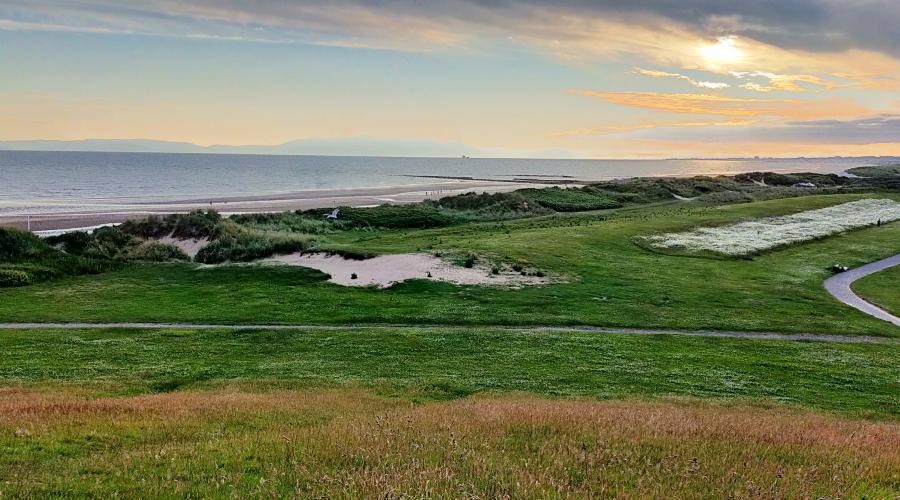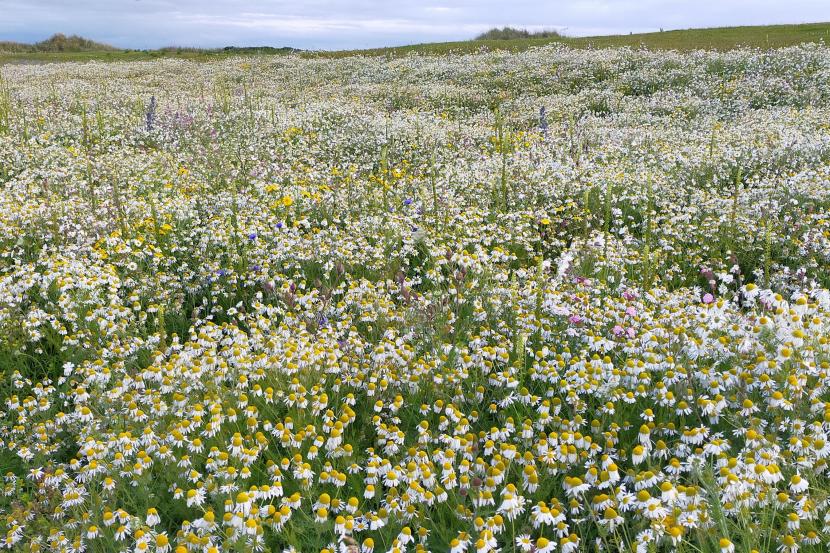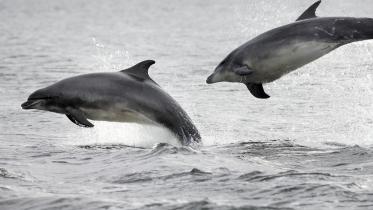
Green Infrastructure Project Update - In conversation with…Lorna Cole of SRUC, and Gill Smart of the Scottish Wildlife Trust, working together on Garnock’s Buzzing
Garnock’s Buzzing is one of 28 projects being undertaken by Garnock Connections, a landscape partnership funded by the National Lottery Heritage Fund. The project will enhance, improve and promote both natural and cultural elements of the area around the River Garnock. As Lorna and Gill explain, great strides have been made for people and pollinators through targeted habitat creation and citizen science in the Garnock Connections study area.
Why would you say projects like Garnock’s Buzzing are important?
Since the end of the Second World War it is reckoned that we have lost 97% of our wildflower meadows. As a result we are losing the joy of seeing an explosion of colour during the summer months, and leaving some of our most precious bees, and other pollinators short on food and habitat. Through the Garnock’s Buzzing project we aim to do our bit to change this and make the Garnock Connections landscape a haven for pollinators.
What sort of projects have you developed?
Well, where to begin? There have been so many successful elements that the list is quite lengthy. So far, we have actively involved almost 100 school pupils and trialled different cutting regimes to identify pollinator friendly verge management practices. We’ve also put up around a dozen information signs, created many new meadows, put up 14 bee hotels or bee banks and created 0.9ha of bare earth habitat for mining bees.

Where can people go to see these new meadows for themselves?
Meadow areas have been established on both Irvine Beach Park and Stevenston Beach Park, giving large numbers of people access to enjoy the flowers and insects.
Lochshore in Kilbirnie is another large public open space with an area given over to wildflowers.
Which element are you, Lorna, most pleased about with your Garnock’s Buzzing work?
Garnock’s Buzzing kicked off just about the same time as COVID 19. With the country in lockdown we were no longer able to undertake the visits to schools we had originally planned. To help teachers and pupils alike SRUC developed a wobbly apple experiment to highlight the important role that insects play in pollinating crops. This allowed us not only to engage with children in the Garnock Connections area, but also throughout Scotland.
I’ve seen the stunning meadow near the boating pond at Irvine Beach Park. That’s a fantastic resource for pollinators. Can you tell us a little about how that area was created and how you manage it?
This was collaboration between the Scottish Wildlife Trust and North Ayrshire Council, made possible by Garnock Connections. In autumn 2020, a tractor was used to lightly plough the ground and mechanically sow a wildflower mix containing both annual and perennial species. The annuals flowered profusely in summer 2021 and we could see the leaves of future perennials developing. The trick to keep the flowers blooming is to cut in autumn and remove the clippings while allowing lots of seeds to fall to the ground. We plan to use some of the clippings, which will still contain plenty of seeds, to start new meadow areas nearby.
If anyone reading this wants to help with Garnock’s Buzzing and get involved in projects, what should they do?
Contact Garnock Connections Natural Heritage Officer, Neal Lochrie, by email or visit the Garnock Connections website.
Find out more:
Garnock’s Buzzing is led by SRUC, the Scottish Wildlife Trust and Buglife.

The Green Infrastructure Fund is part of the Scottish Government’s current European Regional Development Fund programme, which runs through to 2023. This is one of two ERDF Strategic Interventions led by NatureScot – the other is the Natural & Cultural Heritage Fund.
You can follow the European Structural Funds blog for ESF activities, news and updates. For twitter updates go to @scotgovESIF or use the hashtags #ERDF and #europeanstructuralfunds



